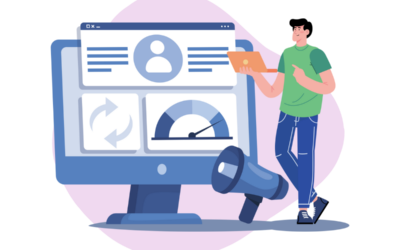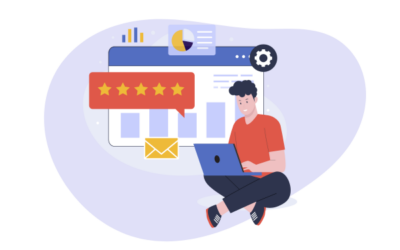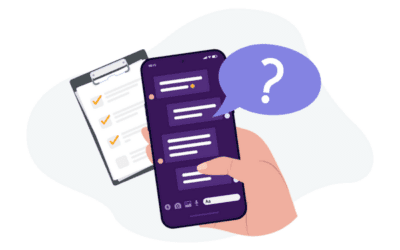If you’ve ever worked in a restaurant, chances are you needed to have a working knowledge of the menu, and maybe even had to rattle off that day’s specials.
What if you had to be able to accurately relay information on every possible meal and drink combination, as well as prices and sourcing details for every ingredient—all off the top of your head? No matter how good the tips are, at a certain point that just wouldn’t be possible.
Of course, no such restaurant employee exists today. But at some point in the future, consumers may demand this database-level knowledge, and they’ll expect it to be comprehensively and immediately available.
For a vision of the future, imagine visiting the Barclay Center and being able to communicate with a virtual concierge that can help you buy tickets, find your seats, give you the starting lineup, help you place bets, sell you a fan NFT, direct you to the shortest food line with snacks that meet your kids’ food allergy requirements, and show you the quickest way out of the arena. That’s a lot to ask of an usher, but it’s where much of the consumer-facing business world is headed.
Indeed, this is just one example of how an AI-powered virtual assistant could service customers in ways that would be impossible for a human. It illustrates how the impending AI revolution doesn’t just promise to eliminate cumbersome administrative tasks or reduce repetitive work; it will also likely lead to the creation of entirely new functions.
Get ready for the future AI org chart.
The concept of the organization chart dates back to 1885. Every decade or two, org charts tend to get revamped when a new category emerges that warrants a new breed of expert. (Think of the “Chief Digital Officer,” which started becoming commonplace about a decade ago).
We’re seeing another evolution of the org chart today as virtual worlds and digital assets suddenly become huge businesses. NFT experts are starting to secure a place on company org charts, for example.
But as the metaverse becomes a tangible reality, the need for new talent and responsibilities will far exceed what a few well-trained humans can provide. Given that 76% of US consumer marketing executives plan to invest in the metaverse in 2022, it appears to be a matter of when, not if, it will reach scale. Therefore, whether you’re a CEO, CFO, or COO, you need to get a move on securing the right talent now. And you need to be aware that much of that talent will be AI-based.
Here are five key considerations for business leaders to start preparing for an AI-centric org chart:
- Figure out what matters to you. CEOs and their leadership teams should spend time evaluating what kinds of tasks and projects can best be accomplished by AI—and devise frameworks for making decisions on where to prioritize investment.
- Research the ecosystem. Given the fast-changing nature of AI technology, getting the right, seasoned help is vital, but the proliferation of AI providers can make it daunting to select a partner. It takes time to learn the players, their different capabilities, who’s got staying power, and who might be selling vaporware. The sooner your team becomes well versed, the better.
- Invest in your own capabilities. As much as companies need to understand the broader AI ecosystem, they should also start learning inside their own walls. This is an area that demands research and development. While the revenue payoff may not be immediate, it’s crucial to invest in your own AI stack.
- Keep feeding your AI to make it smarter. Whether you are building your own internal capabilities or working with a partner, it’s vital to start using these tools and eventual org chart additions early so that they ingest more data. For our future AI org chart leaders, the more time they spend collecting and using data, the more robust and impactful they become.
- Rethink organizational structures. AI will change your org unless you change it first. Because the impact of AI will be foundational (not just additive), it’s important for leaders to consider the impact on overall reporting structures and organization early on. For example, we might see a world where a human would manage a team of AI-people, or humans might have AI ‘peers’ working alongside them in certain departments. It’s better to start that process now and learn what works and what doesn’t rather than have to retrofit things at a later date.
Clearly, there’s a lot to think through here, and it may take some time to wrap your head around the idea of staffing entirely new functions with virtual assistants. But the leaders who get out in front of this massive sea change will be far better equipped to not only handle it but also steer their companies toward new revenue streams and eke out a considerable competitive advantage.
The AI revolution is coming. The time to start prepping is now.




